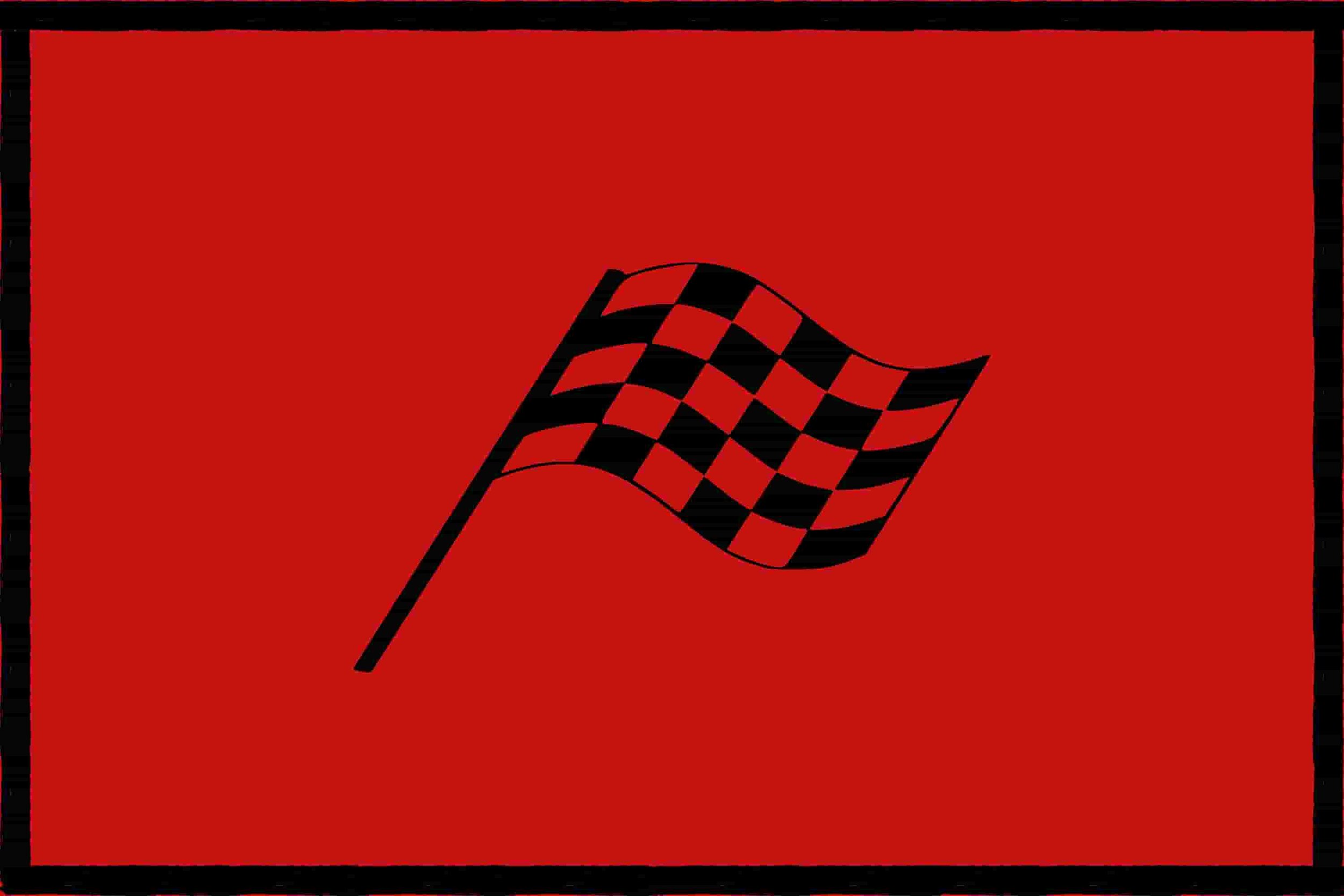Satisficing: How To Finish What You Start
There are two reasons why someone may never create anything great of their own:
1) They never begin because they don’t feel “ready.”
2) They never finish because the thing they are making is never “done.”
You can solve the first problem by accepting that you will never, ever finish learning, and therefore a state of complete “readiness” does not exist.
And you can solve the second problem with “Satisficing” - delivering the minimum viable version of the thing you’re creating.
How To Begin Before You’re Ready: Start Small
You will never be “ready.” Such a state does not exist. There is always something more to learn; ever one more piece of information you need before you can make the perfect decision.
That’s why you have to start before you feel ready. I’m sure some millionaires and billionaires encounter situations every day that they don’t feel “ready” for, and yet they make decisions and push forward anyway. That’s how they got to where they are - pushing forward despite uncertainty and learning as they go.
If you are having trouble starting a business, a blog, or any other creative endeavor, then figure out what the smallest possible first step forward is and take it.
Start anywhere and start small. It could be writing one energizing word down on a piece of paper. It could be spending $20 on a domain name you love. It could be bookmarking one invigorating tweet that captures the spirit of your idea. That small first step is how you can begin to capture the power of slow, incremental, constant progress.
And you learn something new with each step forward. Imagine you’re walking down a dark hallway, with lights above you spaced out every 20-feet. As you walk forward carefully into the darkness, a light above you flicks on, illuminating the space around you. You’ve learned something new about your surroundings. And each light behind you stays on as you push forward. These are all the lessons you’ve learned along the way.
This hallway is the journey of business and life. We can only do the best we can with the information we have at any given time, informed by our previous experience.
There is no “ready,” there is only forward. So you might as well start now.
Satisficing: How To Finish What You Start.
Getting started is hard, but it’s even harder to determine when a creative endeavor is “done” because you are creating something from nothing. There’s no exact template to follow or a fixed endpoint to arrive at. There’s an infinite number of ways to go about creating the thing you are trying to create.
The film and television industry runs into this problem all the time. Film is a bastard artform - it combines writing, photography, architecture, psychology, and acting into one giant mess of a production. And there’s an infinite number of ways to interpret the original written document. How do you know when you’ve made the thing you were trying to make?
Our brains naturally solve this problem with satisficing.
What is Satisficing?
Satisficing (a combination of the words satisfy and suffice) is the idea that we naturally stop when we “get to a near-satisfactory solution.”
Nassim Nicholas Taleb writes about this idea (originally from Herbert Simon) in Taleb’s book, Fooled by Randomness: The Hidden Role of Chance in Life and in the Markets. Taleb says:
[Simon’s] idea is that if we were to optimize at every step in life, then it would cost us an infinite amount of time and energy. Accordingly, there has to be in us an approximation process that stops somewhere…
“Satisficing” was his idea: You stop when you get a near-satisfactory solution. Otherwise it may take you an eternity to reach the smallest conclusion or perform the smallest act.
I have written extensively about mental biases on this blog. They are byproducts of short-cuts in our brains that work to save mental energy while navigating the world. As Simon reminds us, we don’t have unlimited time and mental energy. That’s why these short-cuts exist.
Satisficing is one such short-cut to let you know when you’re finished what you set out to create. It allows you to say “this is done” even when you could continue to work on it (forever).
Use Satisficing To Create The Minimum Viable Version Of Your Vision.
If your goal is to build a blog, start with one article to post to it. A blog needs an article post to be a blog, but it only requires one. That’s the minimally viable version of your vision. Write the post, get feedback, edit it, and publish it. You’ve now created a blog and can let this momentum carry you to more writing and blog posts.
You don’t have to come out with ten highly stylized, info-graphic filled, ground-breaking posts to go live with your blog. If you create that high of a bar for yourself, you won’t get anywhere. You’ll give up along the way. Start with the minimum viable version of your vision.
The same goes for anything else you’re trying to create. When you start simple, you can move faster and iterate faster. This is important because creating is re-creating. Your first pass will not be your best, but it will lead to your best with slow, incremental constant progress.
Start small and start simple. Take one step towards the minimal viable version of the thing you are trying to create, and I promise you’ll get there.
If You Want More Content Like This, Subscribe For Free To My Newsletter:
—
Taleb, Nassim Nicholas. Fooled by Randomness: The Hidden Role of Chance in Life and in the Markets. Random House Publishing Group. Kindle Edition.



